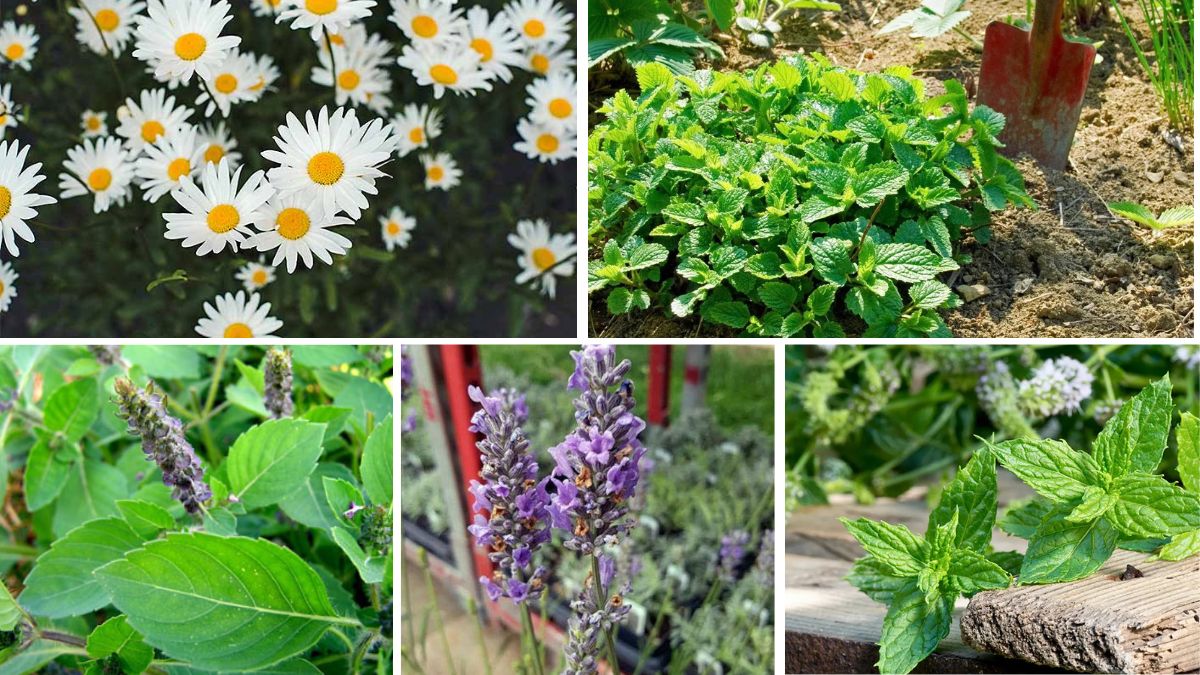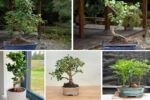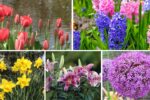A herbal tea garden is one of the most soothing and rewarding additions to any home. Growing your own tea herbs not only adds greenery and fragrance but also gives you fresh, chemical-free ingredients for daily wellness. These plants are low-maintenance, versatile, and thrive beautifully in both garden beds and containers. Let’s explore five gorgeous herbal tea garden plants that you should definitely grow to upgrade your home and enjoy refreshing cups of goodness.
1. Chamomile – The Calming Classic
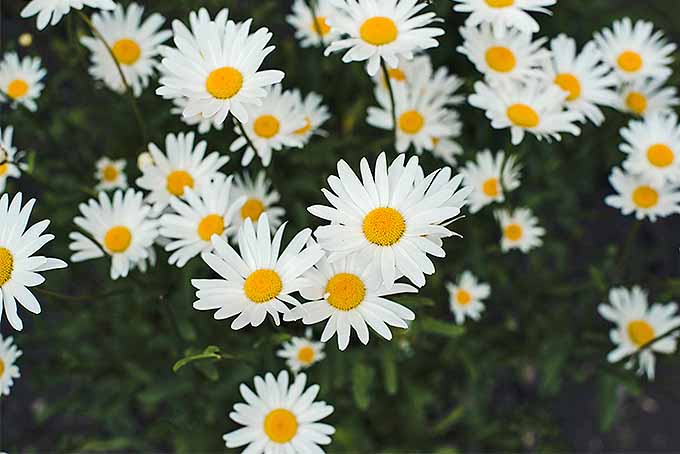
Chamomile is a timeless herbal tea plant known for its delicate daisy-like flowers and its ability to soothe the mind and body. Often referred to as a natural stress reliever, chamomile tea helps with better sleep, digestion, and relaxation after a long day. The plant is easy to grow in pots or garden beds with well-drained soil and plenty of sunshine. Its gentle fragrance not only attracts pollinators but also adds charm to your garden. With its therapeutic qualities, chamomile is a must-have for any tea garden.
2. Lemon Balm – The Refreshing Uplifter

Lemon balm, with its bright green, lemon-scented leaves, is a delightful herb that brings a zesty freshness to your tea. Known for reducing anxiety, boosting mood, and supporting digestive health, it is a powerhouse herb for daily wellness. It grows easily in partial shade or full sun, making it a flexible choice for home gardens. The vibrant leaves can also be added to salads and desserts, but when steeped in hot water, they create a soothing, refreshing tea. Its citrusy fragrance alone can instantly uplift your garden’s ambiance.
3. Peppermint – The Cooling Energizer
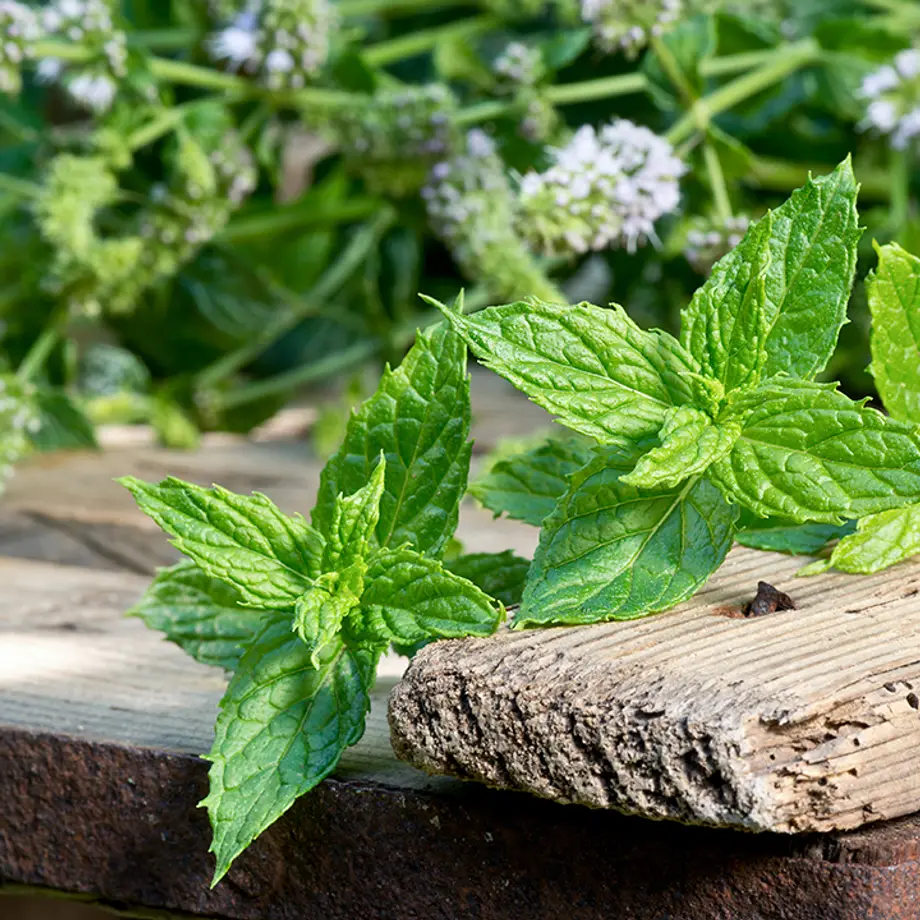
Peppermint is one of the most popular tea herbs thanks to its cooling, invigorating flavor. A single sip of peppermint tea can refresh your senses, aid digestion, and relieve headaches or sinus discomfort. The plant grows quickly and thrives in pots, making it a perfect option for small gardens or balconies. Its lush green foliage not only looks attractive but also releases a delightful aroma when touched. Peppermint is also a natural pest deterrent, keeping unwanted insects away while giving you endless fresh leaves for tea.
4. Holy Basil (Tulsi) – The Sacred Healer
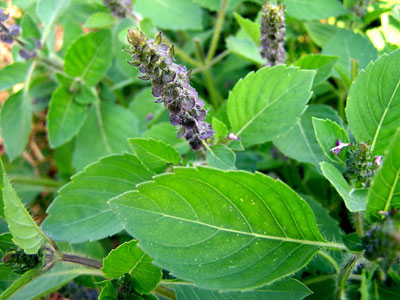
Holy Basil, or Tulsi, is revered in many cultures for its medicinal and spiritual significance. Known as the “Queen of Herbs,” Tulsi tea is rich in antioxidants, supports immunity, and helps combat stress naturally. The plant thrives in warm climates with ample sunlight and can be grown in pots or garden beds. With its small aromatic leaves and clusters of delicate flowers, Tulsi adds both beauty and purpose to your garden. Drinking Tulsi tea daily is believed to promote longevity and inner balance, making it a truly sacred addition.
5. Lavender – The Fragrant Relaxer
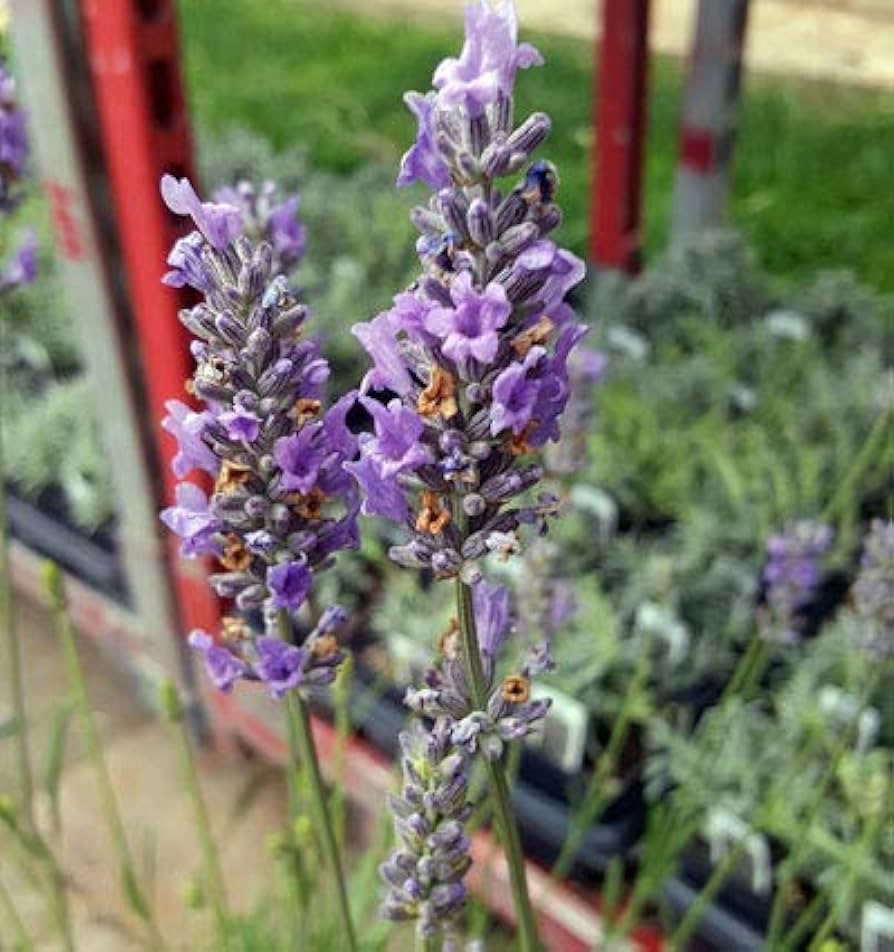
Lavender is not just beautiful with its vibrant purple flowers; it’s also one of the best herbs for herbal teas. Lavender tea has calming effects that help reduce anxiety, improve sleep, and soothe the nervous system. This aromatic herb thrives in well-drained soil and plenty of sunlight, bringing both elegance and fragrance to your outdoor space. Beyond tea, lavender can also be used in sachets, oils, and desserts. Its stunning blooms attract pollinators like bees and butterflies, making your garden lively and serene at the same time.
Final Thoughts
A herbal tea garden is more than just greenery—it’s a source of wellness, beauty, and comfort right at your doorstep. By growing plants like chamomile, lemon balm, peppermint, Tulsi, and lavender, you can enjoy fresh, healthy teas while enhancing the aesthetic and aromatic appeal of your garden. Each sip from your homegrown herbs will feel like a natural embrace of health and tranquility.
